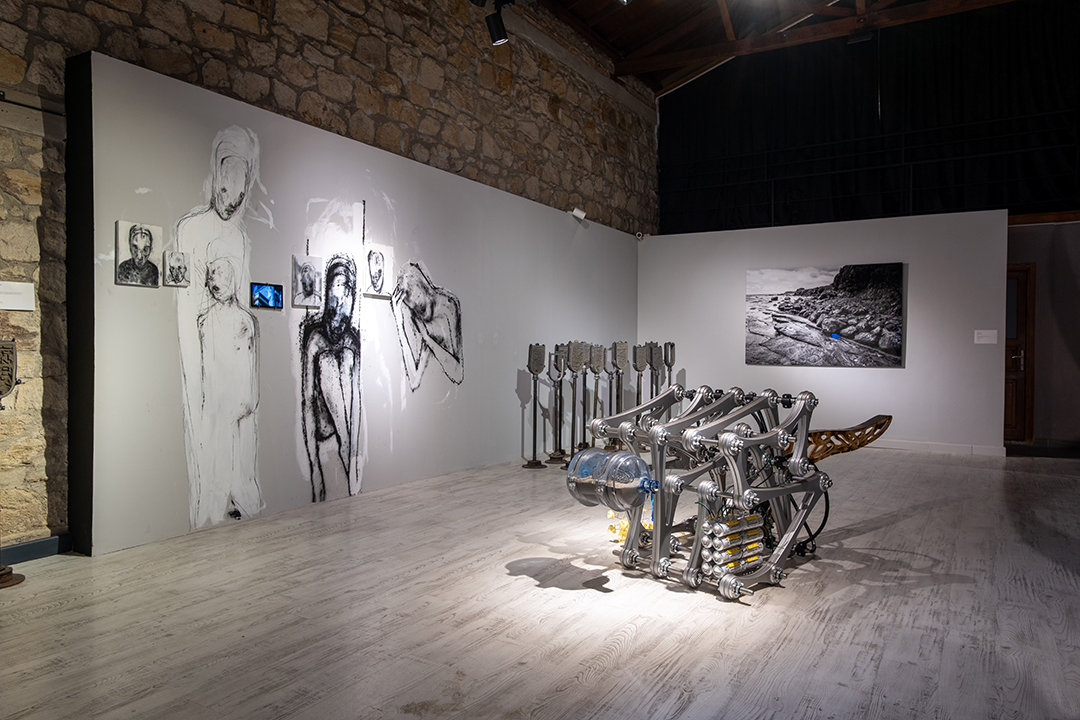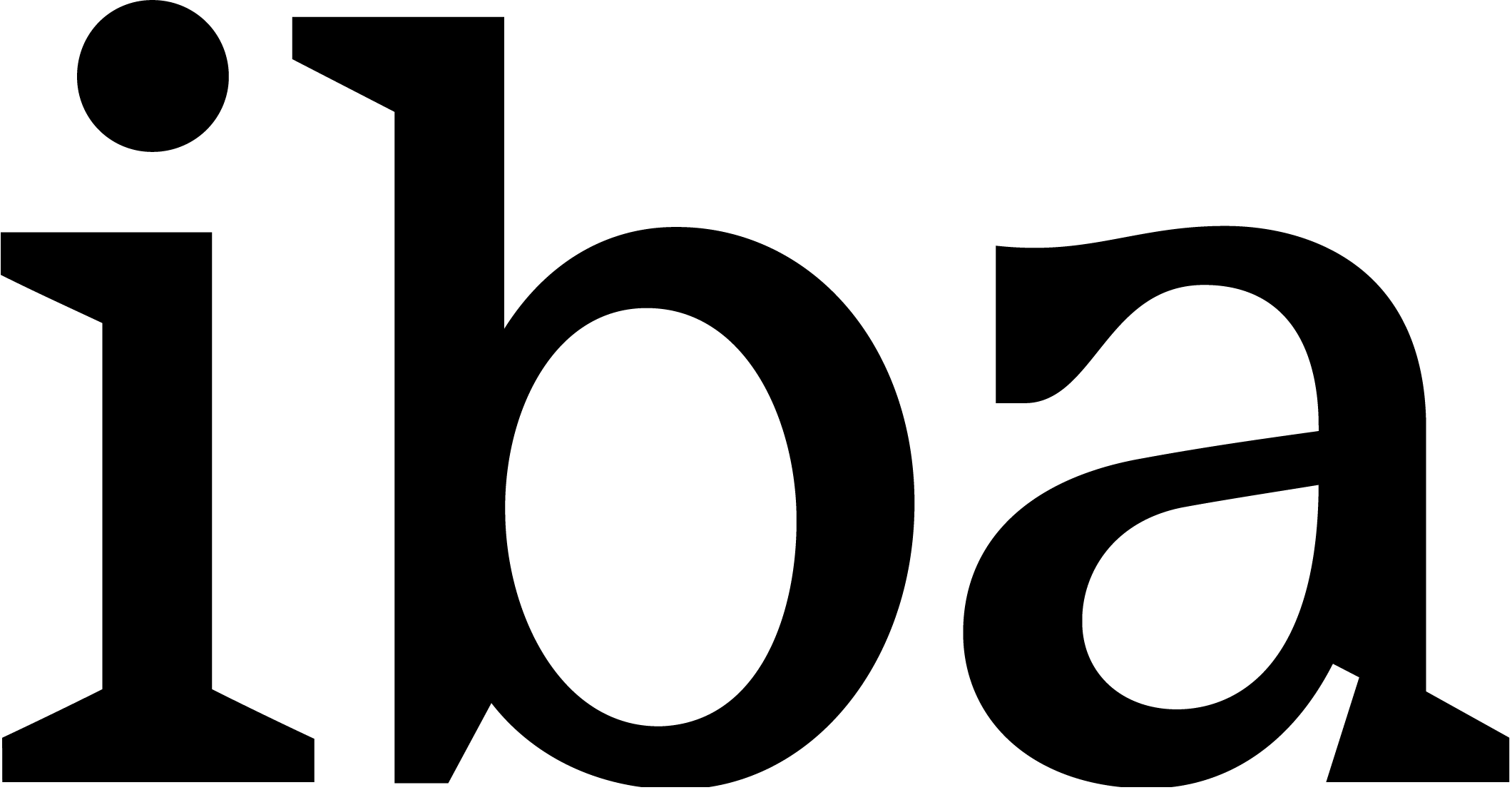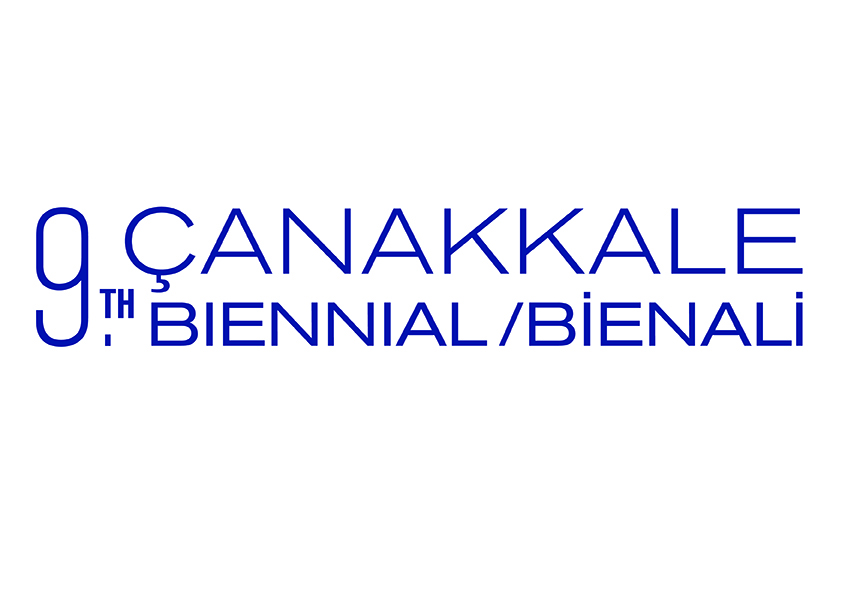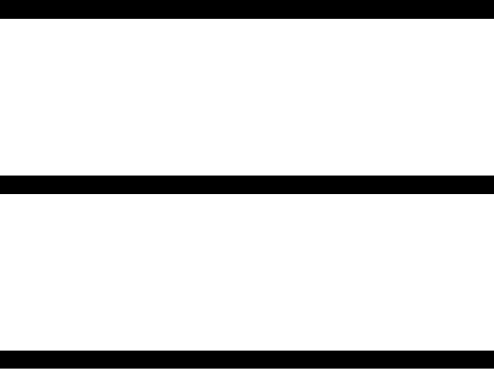Walk&Talk Bienal de Artes Announces Dates and Title!
24 November 2024IBA Stage: 9th Çanakkale Biennial – History and Context
26 November 2024
9th Çanakkale Biennial, Installation view Mahal. Works by Deniz Kulaksızoğlu & Can Yıldırım, Yabancı, Yunus Aras, Alper Aydın. Photo credit: Saygın Mavini. Courtesy Çanakkale Biennial
IBA Stage: 9th Çanakkale Biennial
November 29, 2024 (Friday)
3:00 pm (Çanakkale/GMT+3)
We are delighted to present the next edition of IBA Stage, featuring the Çanakkale Biennial, one of Turkey’s oldest biennials and a cornerstone of the country’s network of contemporary art institutions. This year’s 9th edition, as by tradition for the biennial taking place on the shores of the Dardanelles strait, was curated by the team of the Biennial itself and was developed around the title “Let Time Run its Course”.
Since its establishment in 2008, the Çanakkale Biennial has been a platform for inclusivity, dialogue, and community engagement, shaping the artistic and cultural landscape of Çanakkale and its many communities. This year’s edition was held from October 4 to November 11, 2024, spanned 13 venues and featured works by over 50 artists.
The 9th Çanakkale Biennial, organized under the General Artistic Direction of Seyhan Boztepe, Founder of CABININ, features artists and exhibition projects shaped by suggestions from a committee that includes Alper Akyüz, Burak Topçakıl, Deniz Erbaş, Didem Çapa, Ebru Nalan Sülün, Hakan Yılmaz, Rüstem Aslan, Thouli Misirloglou, Ulrika Flink, and Zihni Tümer, bringing a renewed artistic focus to Çanakkale.
The 9th Çanakkale Biennial, with DARDANEL as its main supporter, functioned as an experiential platform consisting of a series of culture and arts events and projects shaped through collaborations, spread across a calendar that extends before, during, and after the six weeks of main exhibitions. This extensive content spread to historical and cultural venues in the city center, the Troy Museum and its surroundings, and, for the first time in the Biennial’s history, to art and cultural structures in areas such as Assos and Küçükkuyu.
Past, Present, and Future: “Let Time Run its Course”
In line with the general focus on inclusivity, interaction, and dialogue—the founding features of the Çanakkale Biennial— the 9th edition has been designed to create a vibrant platform where young people can experience the rich ecosystem of contemporary art, focusing on current issues. The title of this edition, “Let Time Run its Course” refers both to the actual meaning of the phrase and its connotations: It suggests considering the healing effect of time with regard to seemingly unsolvable situations of today, advocating for a calm approach instead of the haste implied by urgency. On one hand, this phrase suggests experiencing and perceiving the “moments” of the world, nature, and humanity from a broader perspective, especially against the pressure of speed and simultaneity imposed by contemporary technologies or the excitement, liveliness, and high energy, which are often associated with “youth,” while on the other.The artistic content of the 9th Çanakkale Biennial focuses on the concept of “youth” through three interconnected axes:
Youth Culture and Art-Technology Connections: Under this theme, the biennial brings together the works of artists from different generations who focus on the intersection of contemporary art and technology, digital and interactive platforms, gaming culture, and communication tools. It explores how technological advancements, which have become an inseparable part of young people’s lives, shape today’s visual culture and stretch the boundaries of art, while also trying to offer different perspectives on the relationship with the digital ecosystem.Fresh Approaches to Global Issues: Artistic approaches to global issues affecting today’s youth, such as the future of professions, environmental sustainability, and mobility, form the second axis of the biennial. Reflecting the complexity of contemporary youth experiences, feelings ranging from hope and expectation to anxiety and concern, the biennial serves as an open platform for dialogues on these issues through the language of art through innovative approaches.Art in the Transmission of Culture: The central function of art in preserving cultural heritage, traditions, and collective memory and passing them on to future generations forms the third axis of the biennial. The proposed artistic journeys aim to give the audience an experience of how conceptual, visual, and poetic expressions can serve as a bridge between the past, present, and future. The emphasis on the importance of cultural continuity is enriched by productions that focus on the role of collective memory in shaping community narratives, its reflections and interpretations in the contemporary cultural ecosystem.
Reflecting the structure of the Çanakkale Biennial, which is woven through various institutional, curatorial, and artistic collaborations, the 9th edition titled “Let Time Run its Course” also carried the desire to “entrust and pass on to the future” nearly two decades of art productions accumulated by the biennial, the institutional models and strategies it has developed, and its memory.
Exhibitions
Museum of Troy
Since its opening in 2018, the Museum of Troy has enriched the content and exhibition experience of the Çanakkale Biennial with exhibitions focused on the connection between tradition and contemporaneity. In previous editions, the museum hosted exhibitions, including Agah Uğur’s collection and site-specific works by Alparslan Baloğlu focusing on Troy. For the 9th edition, the temporary exhibition hall of the Museum of Troy featured a selection from the Maçka Art Gallery, one of the key representatives of contemporary art in Turkey, founded by Rabia Çapa and Varlık Sadıkoğlu. With a history spanning over 40 years, the gallery holds a memory-archiving role in Turkey’s contemporary art scene. Didem Çapa, who has recently taken over the gallery’s management, presented a selection of works that highlight the relationship between the memory and dynamics of contemporary art and future visions.
In different locations of the museum, visitors also encountered “Anthrostrata,” a mapping work by Ecem Dilan Köse projected on the museum’s exterior, Vinci Briffa’s video installation inspired by The Odyssey, and a collective publication by Ati Suffix inspired by the Trojan Horse.
Çanakkale City Center
MAHAL Art Habitat
Located in the area of the historic acorn warehouses, MAHAL Art Habitat has become a cultural and artistic center of Çanakkale, with its origins traced back 11 years when it first inaugurated by CABININ. For this edition, the exhibitions, spread across three different venues and supported by institutions like the SAHA Association, the French Institute, Goethe Institute, and CerModern, highlighted interactive works, ranging from digital technologies to found industrial objects, creating sensory (olfactory), auditory, and physical experiences.
The collective exhibition at MAHAL, curated by Burak Topçakıl, presented the developmental phase of his “New Ordinary/Neo-Ordinay” project, focusing on the younger generation of artists. The exhibition allowed the visual universe of today’s youth—marked by peculiar aesthetics, dark humor, and scattered thoughts—to take over the space, offering a unique context to discover new-generation artists.
Korfmann Library
Ulrika Flink and Deniz Erbaş, who met through the Mobility Program of the “Spaces for Culture” initiative, curated an exhibition featuring works by David Blandy, Jane Jin Kaisen, and Eric Magassa at the Korfmann Library. With one of Turkey’s most important archaeological collections, the Korfmann Library provided an ideal backdrop for exploring the intersections of archaeology, history, rituals, identity, space, and power relations. The exhibition evoked moments where a partially forgotten past intersects with the rapidly evolving present, creating a space where what has been lost and what is yet to be discovered exist in a gap, potentially opening the door to an unexpected future. Alongside the exhibited works, a TTRPG game setting invited visitors to build new worlds.
Bordo Bina
Opened during the 6th Çanakkale Biennial in 2018, Bordo Bina has since become a space that enriches Çanakkale’s cultural ecosystem through exhibitions and various events. Preserving its historical essence while gaining a contemporary identity under Segâh Atay, Bordo Bina hosted works by Aytuğ Aykut, Cem Sonel, and Vasilis Alexandrou. Additionally, Bilal Yılmaz’s new work, realized under the guidance of Ebru Nalan Sülün, made also its debut.
A New Creative Wave Sprouting from Çanakkale’s Industrial Vein: Astim Collective
Astim Collective, formed by Hakan Yılmaz, Süleyman Yılmaz, Kerem Meriç, and Volkan Babaotu, focuses on multidisciplinary production within digital media, immersive technologies, public art, and upcycling, emphasizing the dynamic elements of contemporary art. Their first exhibition in Çanakkale, with contributions from Berkin Günsay and Mustafa Akkaya, transformed this new industrial zone into spaces where environmental impacts created by both nature and human hands merge with upcycling and digital art.
The exhibition, designed by Hakan Yılmaz and held at Süleyman Yılmaz’s workshop, also featured new productions by Erdal Duman and Murat Cem Baytok, invited by Zihni Tümer, making their debut at the event.
The New Neighbors of the 9th Çanakkale Biennial
CABININ, an initiative sensitive to the changing dynamics of the city, has been closely following the internal migration trend from large cities to Çanakkale in recent years. During this period, dialogues have developed with cultural industry experts who have settled in different districts and villages, as well as with new formations and spatial clusters. For the first time, the Çanakkale Biennial included gestures that make its connections with institutions outside the city center visible in its program.
At the Güneşane Foundation, which is located on a farm neighboring the ancient city of Assos, educational workshops are organized with the aim of helping children develop life skills through hands-on experiences and discovery. In this communal living environment, children explore their uniqueness while experiencing the power of collective creation. As part of the biennial, special screenings of David Blandy’s video focusing on the relationship between agriculture and war through the perspective of children, is held at the farm. Additionally, Marika Seidler’s project My Nature Art School, realized in collaboration with the Güneşane Foundation and the Danish Cultural Institute, brought together children from the village on October 12-13.
Adatepe İda Blue Hotel, known not only for its boutique setting but also for its space dedicated to art and its unique art collection, is another example of the biennial’s regional collaborations. In the summer of 2024, the hotel will host sculptures by Danish artist Kirstine Roepstorff, produced under the curatorship of Fatoş Üstek.
The Olive Oil Museum in Küçükkuyu, one of the oldest cultural institutions in the region and the first of its kind in Turkey, has also become part of the 9th Çanakkale Biennial route. The “Factory-Museum,” which opened in 2001, hosted artist Jun’ichiro Ishii’s Urushi Video Project, which poetically visualizes the traditional Japanese resin harvest.
To have the possibility to hear and discuss with the individuals behind biennials has been a key component of what we believe IBA can offer to our members and the wider public and we value your participation through our live streams. As always IBA Stage events are meant as a moment to hear about a project through its makers and have the opportunity to participate in a Q&A session at the end of the presentation.
Click here to register for the event!
Stay connected with us through our social media channels for updates and further details.




